May 21, 2025 | 08:21 GMT +7
May 21, 2025 | 08:21 GMT +7
Hotline: 0913.378.918
May 21, 2025 | 08:21 GMT +7
Hotline: 0913.378.918
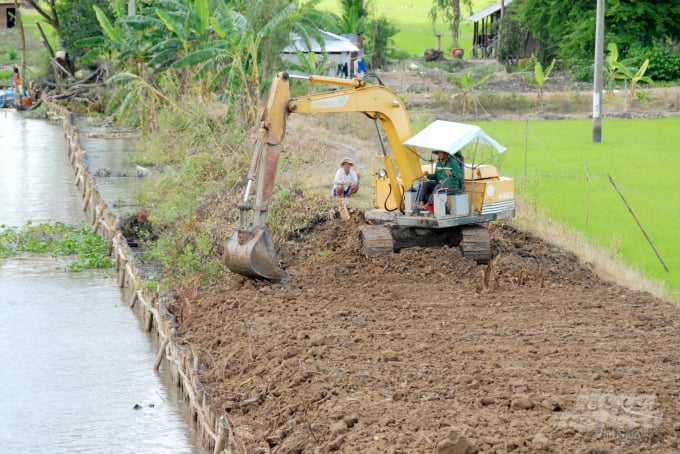
Annually, Dong Thap province strives to maintain, upgrade, repair, and build new irrigation systems to ensure irrigation for production on 554,799 hectares of cultivated area. Photo: Le Hoang Vu.
Acknowledging that irrigation systems play an important role in agricultural production, in order to improve the ability to mitigate and adapt to climate change to ensure sustainable development in the agricultural and rural sectors. To achieve this, for many years, Dong Thap Provincial People's Committee made a planning proposal to the Central Government focusing on investment goals, upgrading the irrigation system, gradually completing and modernizing the shaft system from the main canal to infield canal, meeting the requirements for crops and livestock restructuring... to exploit and manage water resources effectively, sustainably and adapt to climate change.
Mr. Huynh Minh Tuan, Vice Chairman of Dong Thap Provincial People's Committee said that Dong Thap province's has an open irrigation system with interwoven canals, water is taken from Tien and Hau rivers through horizontal canals, supplied to vertical canals, channels, leading into the in-field canal network for direct irrigation or irrigation pumping used in production. The province's summer-autumn rice crop in 2021 reached nearly 200,000 hectares, and crops of all kinds reached about 19,500 hectares with water ensured by the exceptional irrigation system in the fields.
Annually, Dong Thap province spends over 500 billion VND to maintain, upgrade, repair, and build new
Dong Thap province has 833 constructions of axis canals, grade II, III and IV canals with a length of about 4,073 km, a service area of about 485,132 ha, a regulation system with 2,616 various culverts and 1,219 electric pumping stations. Regarding production protection plots, the whole province has 1,319 production plots, with a length of 8,105 km. 1,102 of which are completely enclosed plots, with a length of 6,303 km, 217 anti-flood plots (protecting autumn-winter rice).
irrigation systems, ensuring irrigation for production on 554,799 hectares of cultivated area.
According to Mr. Tuan, to help the irrigation system serve agriculture in the province better towards 2025, about 350 billion VND is needed to upgrade the irrigation works system for advanced and water-saving irrigation, electric pumping station, sewer. At the same time, reinforce canals to meet the requirements of agricultural restructuring in the province, associated with new rural construction in the province.
Additionally, it has received the attention and support of the Ministry of Agriculture and Rural Development, central departments and agencies, and with its reciprocal capital, Dong Thap province will implement 11 projects with a budget of about 1,500 billion (the central government will support 950 billion VND) for the construction of embankments to protect the banks of the Tien River in key and densely populated locations, (Binh Thanh embankment, Ho Cu embankment in Hoa An commune, Sa Dec embankment, An Hiep embankment) and fisheries infrastructure. The completed projects are put into effective use and in a timely manner, ensuring the safety of lives, houses, land, stabilizing people's lives, contributing to the development of the local economy.
In Thap Muoi district (Dong Thap), with its strength in developing aquaculture and rice cultivation, proactive water source is very important for the district agricultural production in both the dry and the flood season. Mr. Tran Van Khiem, from Lang Bien commune, said: Irrigation works for storing and proactively irrigating water for agricultural production are of high interest and invested by local authorities to develop production. In recent years, despite having to face severe drought or floods at times, the fish ponds and fields of his family and other households have been maintained and developed quite well thanks to the ensured water safety and convenient access helps local farmers develop smoothly for many years.
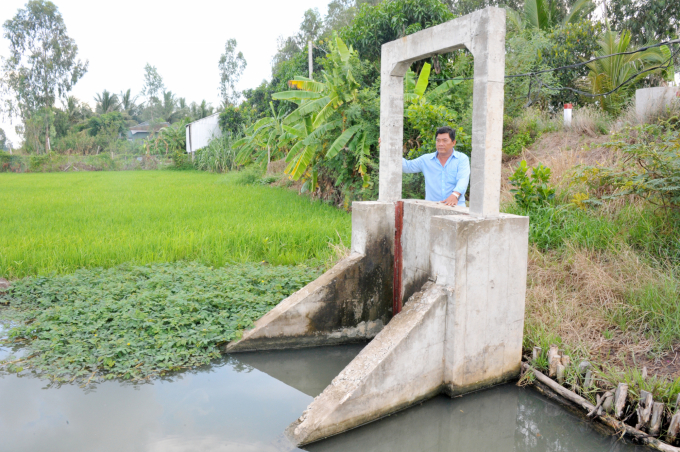
Dong Thap is promoting investment and upgrading the field irrigation system towards modernization, to meet the requirements of crops and livestock restructuring... Photo: Le Hoang Vu.
Mr. Bui Van Son, Head of the Department of Agriculture and Rural Development of Thap Muoi district, said: For many years, communes have aimed for targets such as dredging canals, reinforcing sluices, dams and embankments, clearing grass, building new rural traffic in combination with irrigation... and the district develops plans for implementation.
Along with that, excel in the extensive propaganda work to raise people's awareness about the contents, methods, mechanisms and policies of the State in the process of implementation. Additionally, the use of resources for public works must be democratically and unanimously discussed by the people, with community supervision, ensuring publicity and transparency. Thereby, the Campaign has brought practical effects. The irrigation system in the district has been fundamentally completed, promoting the development of agricultural production, gradually forming large and specialized production areas.
Translated by Nguyen Hai Long
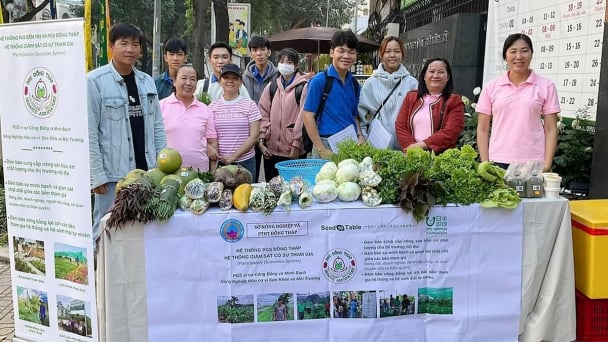
(VAN) Japan's grant aid project contributes to capacity building, promoting organic agricultural production, and fostering sustainable community development in Dong Thap province.

(VAN) For years, the CRISPR-Cas9 genome technology has been reshaping genetic engineering, a precision tool to transform everything from agriculture to medicine.

(VAN) Vietnam aims to become a 'leader' in the region in the capacity and managing effectively soil health and crop nutrition.
![Reducing emissions from rice fields: [Part 1] Farming clean rice together](https://t.ex-cdn.com/nongnghiepmoitruong.vn/608w/files/news/2025/05/05/z6509661417740_a647202949c539012a959e841c03e1d3-nongnghiep-143611.jpg)
(VAN) Growing clean rice helps reduce environmental pollution while increasing income, allowing farmers to feel secure in production and remain committed to their fields for the long term.
/2025/05/19/5136-1-144800_230.jpg)
(VAN) The Nghe An Provincial People's Committee has just approved the list of beneficiaries eligible for revenue from the Emission Reductions Payment Agreement (ERPA) in the North Central region for the year 2025.
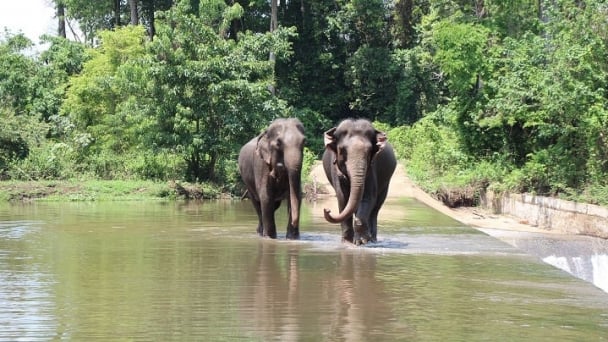
(VAN) 14 out of 35 domesticated elephants in Dak Lak province have had their living conditions improved, with 11 of them currently participating in the non-riding elephant tourism model.
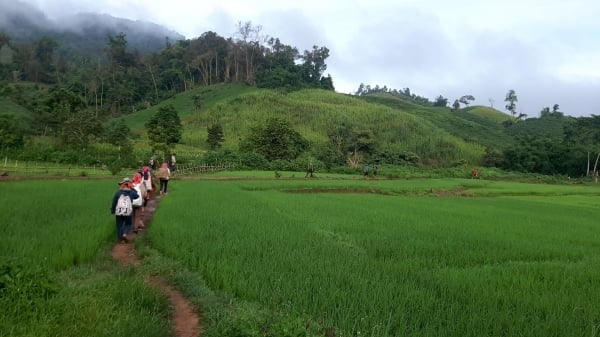
(VAN) Muong Nhe Nature Reserve hopes that being upgraded to a national park will lay the foundation for forest protection efforts to be carried out in a systematic, modern, and sustainable manner.